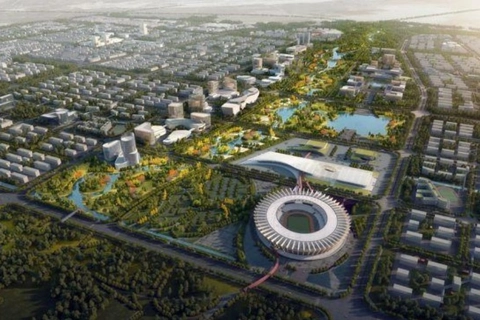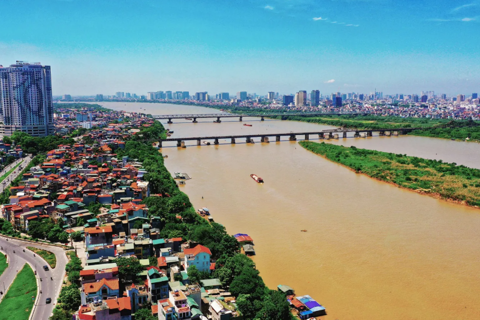Hanoi prioritizes rebuilding severely deteriorated bridges
Hanoi urgently needs to rehabilitate and replace weak and makeshift bridges to improve the city’s transportation infrastructure for socio-economic development.
Hanoi will prioritize the repair of severely deteriorated and unsafe bridges in the 2024-2025 period, according to the Hanoi Department of Transport.
| Long Bien Bridge. Photo: Hai Linh/The Hanoi Times |
144 bridges in deteriorating condition
Currently, Hanoi has many makeshift, weak, and crumbling bridges that pose traffic safety risks due to a lack of investment.
The Hanoi Department of Transport revealed that 55 bridges managed by the city require urgent investment for renovation and repair. This number was determined after a thorough review based on bridge management records, inspection documentation, and load tests.
Additionally, local districts, towns, and municipalities have identified 89 weak and temporary bridges in need of new construction, replacement, or rehabilitation.
The transport sector has advised the Hanoi People's Committee to invest in these weak bridges. However, the sheer number of bridges, varying levels of deterioration, and limited resources pose a challenge.
Many of these bridges were makeshift structures built by local people. The weak bridges show significant damage, such as cracked concrete girders and deteriorated surface layers. Steel bridges exhibit rusted and broken beams, compromising their structural integrity and traffic safety.
The Department of Transport noted that many bridges are not of the same width as the roads they connect to, creating traffic safety hazards. Most weak bridges have weight restrictions due to their age and degraded structural capacity, unable to support current traffic demands. Some bridges, although severely deteriorated, lack weight limit signs, leading to frequent overloading and further damage.
The department points out that the maintenance and repair of bridges managed by local districts are inadequate, affecting their quality and safety. Moreover, management and record-keeping issues hinder proper inspection and evaluation.
The Department of Transport has categorized weak and temporary bridges into three groups in order of investment priority, including (i) bridges in need of complete reconstruction or replacement, (ii) bridges that can still be used but require repairs and improvements, and (iii) bridges without significant damage but requiring regular monitoring and maintenance.
Preparations for new bridge construction, including project approval, design, and land clearance, will be carried out between 2024 and 2025. Construction, inauguration, and operation of these bridges will take place between 2026 and 2030. During the investment process, priority will be given to severely deteriorated and unsafe bridges in the 2024-2025 period. For city-managed bridges, Hanoi will be responsible for the investment and post-construction management. For those managed by districts, local authorities will be responsible.
Due to limited resources, the Department of Transport suggests a 50-50 funding split between city and local budgets for new bridge construction. Annual plans will ensure the maintenance and repair of remaining weak bridges to maintain technical standards, extend life, and ensure safe and uninterrupted traffic flow.












